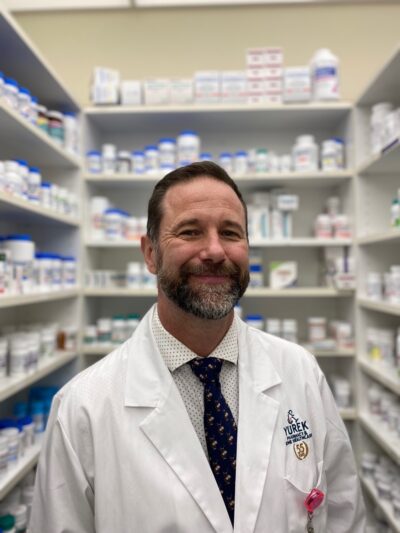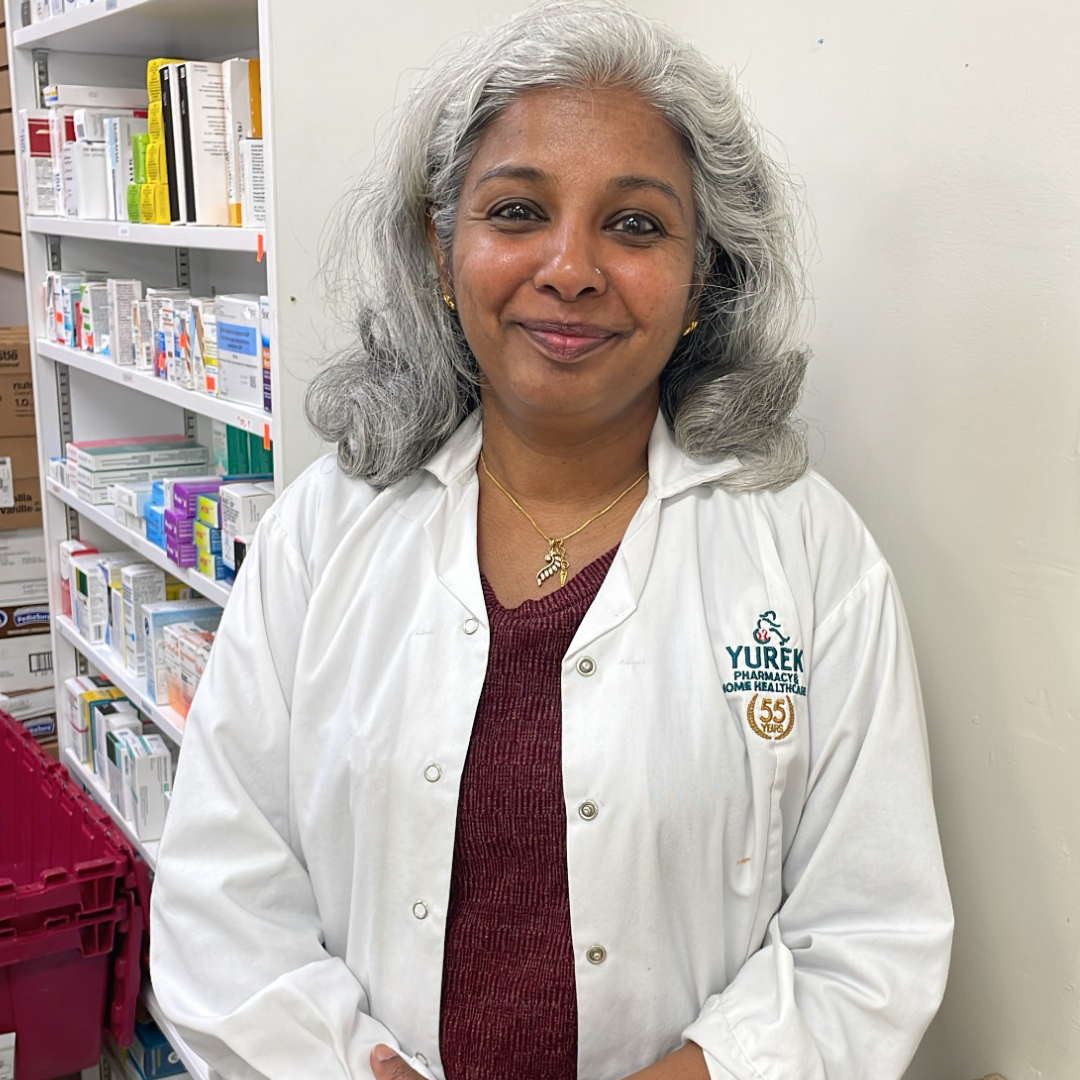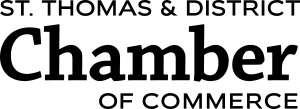By: Steve Bond, BScPhm, RPh, CDE
Like snowflakes, no two brains are alike. For most people, as their brain grows and develops, they are expected to reach certain milestones. Some children reach them faster than other, but as my family doctor told me, they all get there eventually. Some people’s brain develops or works ‘differently’ or uniquely compared to others. I purposely avoid saying different from ‘normal’ as this might imply that there is some standard way of thinking and anything that diverts from this is abnormal.
Neurodiversity is a term coined by Australian sociologist, Judy Singer in 1998 and is a concept that brain differences are natural variations — not deficits or impairments. In fact, neurodivergent brains likely have unique strengths and weaknesses compared to the neurotypical brain. For example, many individuals diagnosed with Autism Spectrum Disorder (ASD) are better at identifying small details in complex patterns. This provides advantages in fields such as mathematics and computer sciences. While individuals with ASD might score poorly on verbal tests, they excel in other intelligence tests.
This is also seen in other conditions. Williams Syndrome is a rare genetic condition with a number of characteristics including lower IQ levels. Individuals with Williams syndrome have a higher rate of musicality and in some cases musical ability than the general population.
Individuals with Attention Deficit Hyperactivity Disorder (ADHD) have been shown to have heightened creativity which may lead to novel or unique approaches to problem solving. Those with dyslexia, a neurobiological condition that affects the ability to read and decode written language, have been shown to have heightened spatial abilities – that is to see things in a three-dimensional space. This can be of a great advantage in the STEM (Science, Technology, Engineering, Mathematics) disciplines. A child with dyslexia may struggle in language dominant courses like English, but excel in STEM activities.
One thing I must mention is that while it is critical to recognize and embrace neurodiversity, our brains are all, in fact, unique and exist on a spectrum. Not every person with autism will become a computer programmer, nor will every individual with Willams Syndrome write the next great symphony. It is important to understand that neurodiverse individuals have strengths and weaknesses. We should make every effort to provide environments that support the weaknesses and allow the strengths to flourish. Take care of yourselves and each other.








